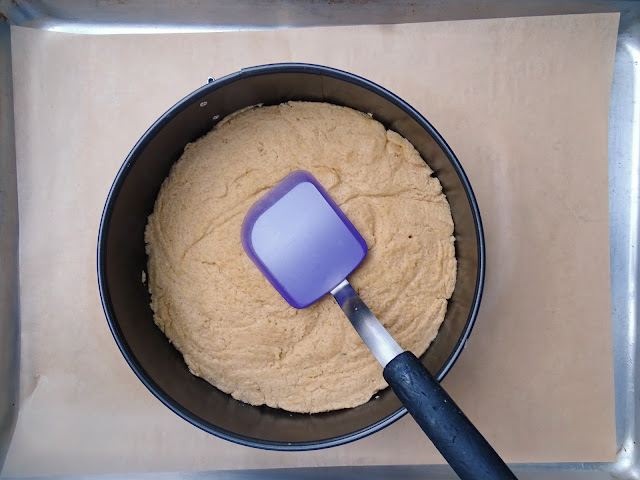What’s cooking? Are you kidding? Who has time to cook?
With Covid under some level of control and most people getting the vaccines, it seems like we’re all doing a bit more shopping this year. So your good friend, the Kitchen Goddess, has some ideas for that special foodie in your life – or at the least, the person who makes sure there’s a meal on the table every night. Naughty or nice, we all have to eat.
Kitchen Goddess note: As always, you should know that the KG has not received as much as a jingle bell for these recommendations. She is a wonder of ethical virtue.
Some Useful Things
The Kitchen Goddess loves champagne. But once you open a bottle, what do you do with the stuff that doesn’t get consumed that night? Admittedly, it doesn’t happen often that there’s champagne left over, but just in case... The solution? The Cilio Stainless Steel Champagne Sealer ($8.95 at Walmart, $13.95 at amazon.com). This attractive little gadget got a “highly recommended” status from none other than America’s Test Kitchen, which as you know has fairly demanding standards. ATK says, “This inexpensive sealer attaches with an easy one-handed motion and an affirming click. Wine saved with it was just as fresh as a newly opened bottle for two full days (a full week if left undisturbed) and still drinkable on day three.... Once on, it was almost flat against the top of the bottle and fit easily in the fridge.” The Kitchen Goddess bought two and loves them.
Sometimes the perfect tool isn’t expensive. The
La Tortilla Oven 10" Tortilla Warmer is priced under $10. Don’t ever pay more. This microwave pouch is the very best way – IMHO – to heat your tortillas; once heated, they can stay warm inside the little pouch until you’re ready for another. It’s on amazon.com in several designs for $7.96, or at the KG’s grocery store (H.E.B.) for $6.15.
Some Things to Wear
The KG hates aprons. But how to keep the spills and spatters from ruining your good clothes? KG’s answer is not to wear those good clothes when you’re cooking. Try a chef’s coat instead. First off, the coolness factor is very high, so you feel like a chef, which is half the battle, in my less-than-humble opinion. Second, they’re incredibly comfortable. Third, they’re a twill blend, which, in addition to being soft is washable, bleachable, and doesn’t need ironing. And, finally, they’re cheap: $12-29 at webstaurant.com, and similarly priced at your local restaurant supply store, where you can try one on. In addition to white, they come in black, gray, red, and blue (though probably not bleachable in non-white.)
Comfortable footwear is essential in the kitchen. Which is a problem for the Kitchen Goddess, who is addicted to “cute shoes.” At last, Rothy’s has come to the rescue, with these cute, thick-soled (i.e., supportive) and comfy slip-ons: Rothy’s Slip-On Sneakers. Like the chef’s coat, what makes them so fab is that you can throw them in the washer! Rothy’s shoes are knit from OceanCycle certified plastic, meaning it was collected within 30 miles proximity to the coastline. So they don’t stain and they’re good for the environment. Lots of fun colors, too. ($119 at rothys.com)
Some Things to Read
The KG recently had friends over for dinner and served her somewhat famous fromage fort, a cheese spread she got from this book: Cheese Primer, by Steven Jenkins. Published in 1996, it’s still relevant, and remains the KG’s go-to source for cheesy info. My friends suggested I give them the book for Christmas. I suggested they get someone else to give it to them. Lucky for us all, it’s still available ($18.95 at amazon.com). So you can give it, too. Or get it as a special gift for yourself. It features excellent descriptions of the cheeses of the world, divided by region, with some of the more widely regarded brands. You’ll also find easy instructions on assembling various types of cheese boards with accompanying meats/fruits. And Jenkins’s writing isn’t overly jargon-y. All in all, a helpful and enjoyable read.
Stanley Tucci is a man of many talents. In addition to his extensive acting career, he has ample credits – and awards – as a producer, director, and screenwriter, for stage, screen, and television. Last year, he published his first memoir, Taste: My Life Through Food, with food in a starring role. And while the writing smacks a bit of a parochial school assignment, the show biz anecdotes are fun and funny, and the story moves along well enough to be enjoyable. Call it a wintertime beach read, with a few recipes. The KG’s book group gave it a B+.
The Kitchen Goddess’s wish for the holidays and the year to come: Please remember to be kind to each other and to the many others that you encounter – workers you interact with and other people in general. It’s the season of peace and good will. Our country is in such a strange place of polarization and we are in very great need of thoughtful consideration, even to those we don’t agree with.
Happy holidays!!





















































